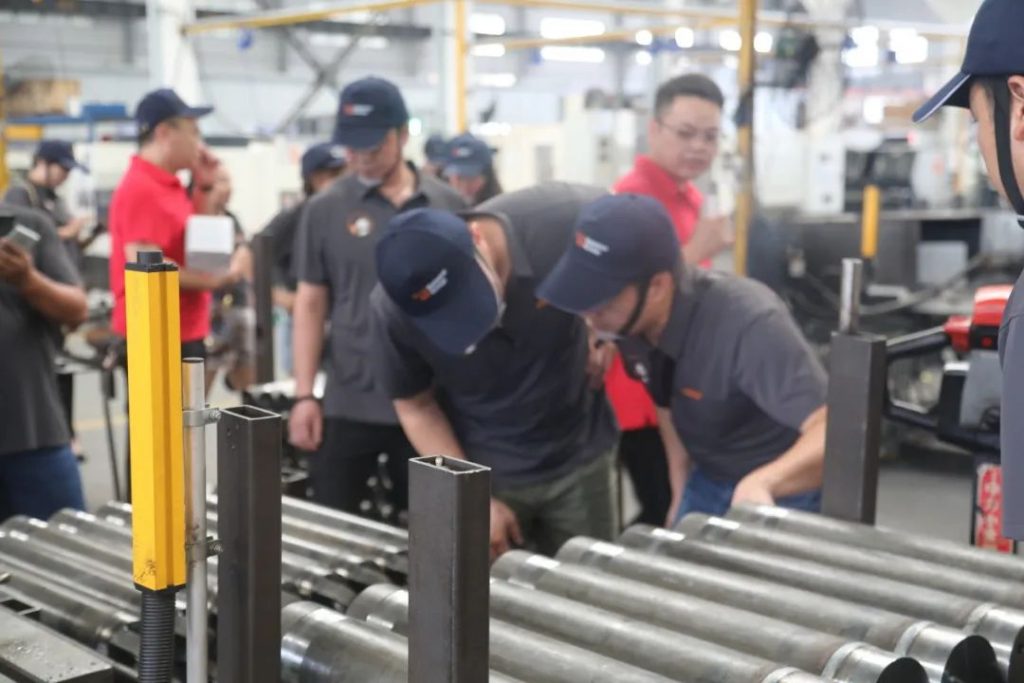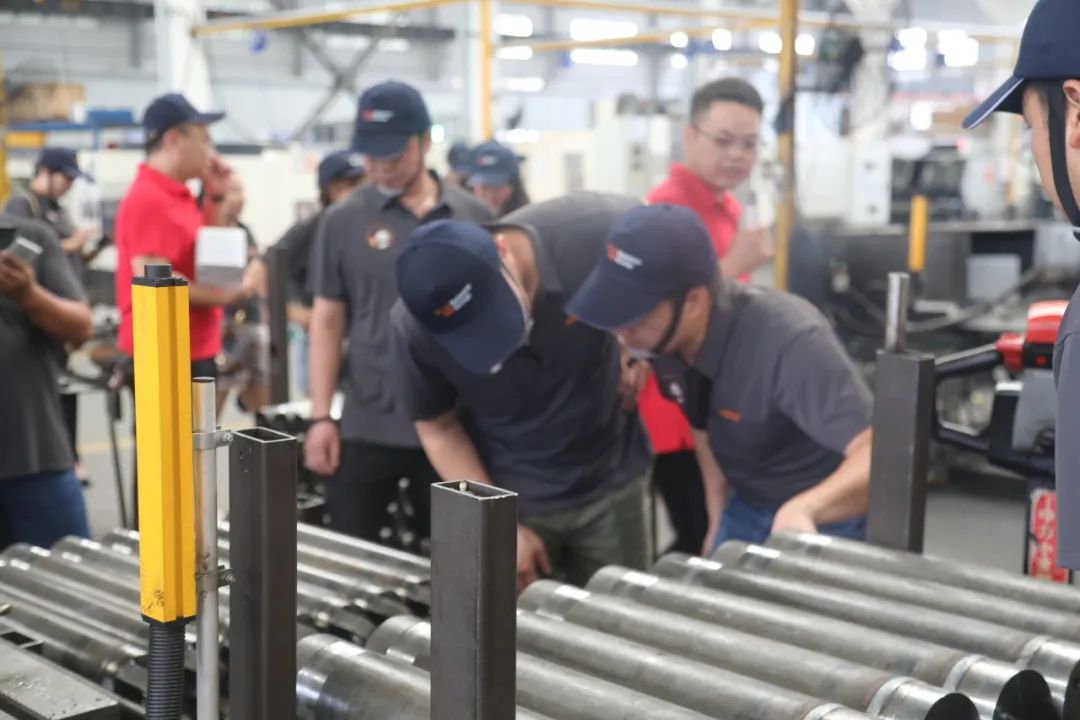Selecting the right wheel balancer supplier is a critical decision for any automotive service center. The accuracy of wheel balancing equipment significantly influences vehicle performance and customer satisfaction. In this comprehensive guide, we will explore the essential factors to consider when choosing the best wheel balancer supplier to ensure your shop provides top-notch service.
Selecting the best wheel balancer supplier may seem like a daunting task, but we’re here to simplify it for you. In this guide, we’ll break down the process into manageable steps to help you make an informed decision. We’ll discuss key factors such as your specific balancing needs, budget considerations, supplier reputation, product quality, customer support, and balancing technology. By the end, you’ll have the knowledge you need to confidently choose the right wheel balancer for your requirements.
Understanding Your Balancing Needs
The first step in finding the perfect wheel balancer supplier is understanding your specific balancing needs. Are you an automotive professional working in a busy garage, or a car enthusiast looking for a reliable wheel balancer for occasional use? Your requirements will determine the type and capacity of the wheel balancer you need. Understanding your needs is the foundation of your decision-making process.
Types of wheel balancers
Certainly, here are the different types of wheel balancers used in the automotive industry:
- Static Wheel Balancer:
- Static wheel balancers are the most basic type, relying on a simple bubble level to identify imbalances in the wheel.
- The operator manually adds counterweights to the rim based on the bubble’s position to achieve balance.
- Dynamic Wheel Balancer:
- Dynamic wheel balancers are more advanced and precise, designed to detect both static and dynamic imbalances in the wheel.
- These machines assess the wheel’s weight distribution as it spins and provide data to add counterweights accurately.
- Dual-Plane Wheel Balancer:
- Dual-plane wheel balancers are an upgrade from dynamic balancers, offering the ability to detect and correct imbalances in two planes simultaneously.
- This ensures a smoother and more precise balance, reducing vibrations in the vehicle.
- Road Force Wheel Balancer:
- Road force balancers go a step further by simulating the force exerted on the tire when it makes contact with the road.
- These machines can detect and correct imbalances caused by tire stiffness and non-uniformity, providing a higher level of accuracy.
- Touchless Wheel Balancer:
- Touchless wheel balancers use advanced technology to balance wheels without contacting the rim or tire’s outer surface.
- This minimizes the risk of damage to delicate or expensive wheels and tires.
- Computerized Wheel Balancer:
- Computerized wheel balancers come equipped with digital displays and automated processes, making them user-friendly and highly accurate.
- They often offer data storage and retrieval for various wheel and tire setups, allowing for quick and efficient balancing.
- Truck and Heavy-Duty Wheel Balancer:
- Truck and heavy-duty wheel balancers are designed to handle larger commercial and industrial vehicle wheels, which require a higher load capacity and specialized accessories.
- Motorcycle Wheel Balancer:
- Motorcycle wheel balancers are designed specifically for balancing motorcycle and scooter wheels. They are compact and equipped with smaller cones and adapters to accommodate different wheel sizes.
- Wheel Balancer with Runout Compensation:
- These balancers can compensate for wheel and tire runout, which can result from manufacturing variations.
- They offer more accurate balancing by accounting for runout, resulting in a smoother ride.
- Diagnostic Wheel Balancer:
- Diagnostic wheel balancers are equipped with advanced diagnostic features to identify potential issues beyond balancing, such as wheel and tire runout, radial and lateral tire force variation, and more.
Each type of wheel balancer serves a specific purpose, and the choice depends on factors like the type of vehicles you service, the level of precision required, and your budget. Selecting the right wheel balancer is essential to ensure the safe and comfortable performance of vehicles on the road.

Budget Considerations
Let’s talk about your budget. Your budget is a significant factor in choosing a wheel balancer supplier. While it’s tempting to go for the cheapest option, it’s essential to strike a balance between cost and quality. We’ll guide you on how to set a realistic budget that suits your needs and how to make the most of your investment.
Supplier Reputation and Reviews
Supplier reputation is key when choosing a wheel balancer. You wouldn’t want to buy from a supplier with a questionable history, right? We’ll show you how to research and assess supplier reputation by reading reviews, checking for certifications, and getting feedback from other customers. Your decision should be based on trust and reliability.
Product Quality and Warranty
The quality of the wheel balancer and the warranty provided can make or break your purchase. We’ll delve into the importance of product quality, materials, and construction. Moreover, we’ll guide you on what to look for in a warranty to ensure your investment is protected.

Customer Support and Service
Customer support and service are often overlooked but are crucial when issues arise. A supplier with excellent customer support can save you from headaches down the road. We’ll discuss the significance of responsive support, spare parts availability, and troubleshooting assistance.
Balancing Technology and Features
Wheel balancers have seen significant advancements in technology and features. We’ll help you understand the latest developments, such as digital displays, self-calibration, and ease of use. Selecting a wheel balancer with the right features can significantly enhance your wheel-balancing tasks.
Comparison of Different Brands
There is no shortage of wheel balancer brands on the market. We’ll compare some of the most popular ones, highlighting their strengths and weaknesses. We’ll also provide insight into the brands that have earned a solid reputation for their products.
Making an Informed Decision
After considering all the aspects mentioned above, you’ll be well-equipped to make an informed decision. We’ll provide you with a step-by-step guide to help you finalize your choice, ensuring it aligns perfectly with your needs, budget, and expectations.

Conclusion
In conclusion, choosing the best wheel balancer supplier is not a decision to be taken lightly. Your choice will have a significant impact on your work or personal projects. By considering your balancing needs, budget, supplier reputation, product quality, customer support, and product features, you’ll be on the right path to making an informed decision that you won’t regret.
Frequently Asked Questions (FAQs)
FAQ 1: What Should I Consider in My Budget?
Your budget should be realistic and aligned with your specific needs. Consider factors like the frequency of wheel balancing, the types of wheels you’ll be working on, and any additional features you require. Aim for the best value for your money rather than the lowest price.
FAQ 2: How Do I Check Supplier Reputation?
To assess supplier reputation, read customer reviews, check for certifications or awards, and seek recommendations from professionals or enthusiasts with experience with the supplier.
FAQ 3: What Features Should I Look For?
The features you should look for depend on your needs, but some universal ones include ease of calibration, precision in balancing, and user-friendly interfaces. Choose features that make your wheel-balancing tasks more efficient and accurate.
FAQ 4: How Do I Compare Different Brands?
Comparing different brands involves researching their product quality, customer feedback, warranty terms, and unique features. Take your time to select a brand with a solid reputation and products that match your requirements.
FAQ 5: What’s the Importance of Warranty?
A warranty is your safety net. It ensures that you won’t be left in the lurch in case of defects or issues with your wheel balancer. Pay attention to the warranty’s duration and what it covers to protect your investment effectively.
In this comprehensive guide, we’ve covered every aspect of choosing the best wheel balancer supplier. By following these guidelines and considering your specific needs, you can make a well-informed decision that will serve you well in the long run. Remember, the right wheel balancer can greatly improve your wheel-balancing tasks, whether you’re a professional in a busy garage or a dedicated car enthusiast.
